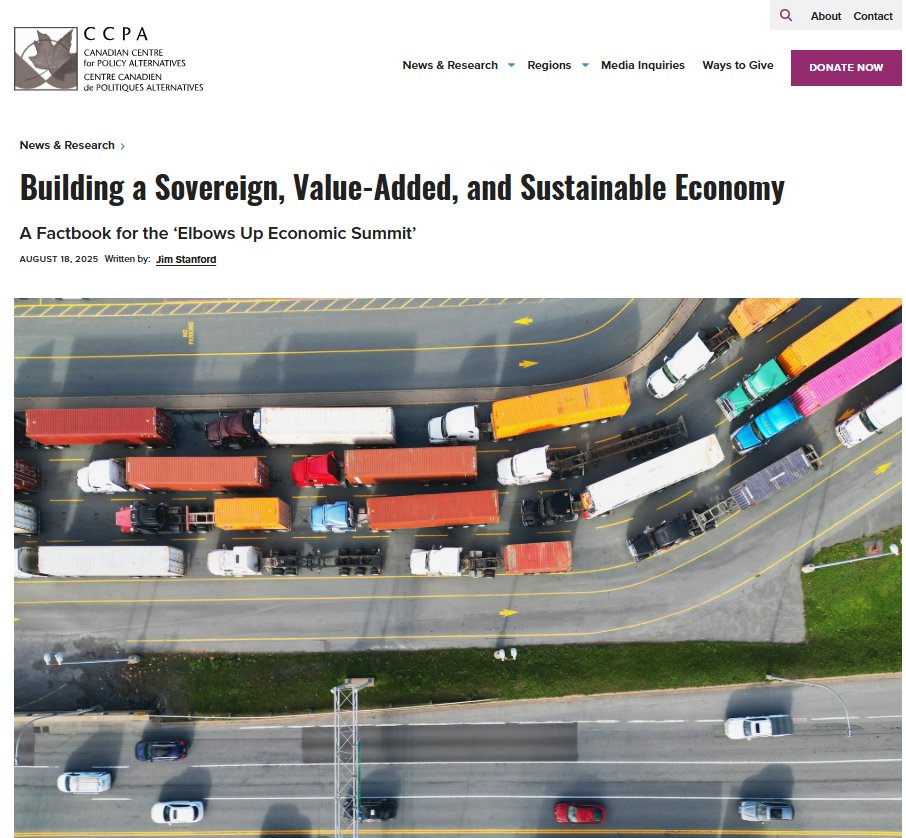Absolutely brutal #CPI number out from #ABS today: prices fell 1.9% in June quarter. That's deflation at an annualized rate of 7.3%--by far the biggest price decline in Aussie postwar history. Inflation was too close to 0 *before* #COVID19, so there's no room to maneuver now...2
In case anyone thinks falling prices is somehow 'good' for consumers, keep in mind:
* Consumers stop buying (waiting for still lower prices).
* Real burden of debts grows .
* Investment is chilled by fear of falling nominal revenues.
Deflation is what happens in a depression ...3
* Consumers stop buying (waiting for still lower prices).
* Real burden of debts grows .
* Investment is chilled by fear of falling nominal revenues.
Deflation is what happens in a depression ...3
Regarding the fear that big govt deficits and RBA bond-buying raises a big risk of hyper-inflation, keep in mind:
* We need more inflation, not less.
* Inflation will help reduce real burden of COVID deficits.
* RBA has undershot its CPI target for 6 straight years. ...4
* We need more inflation, not less.
* Inflation will help reduce real burden of COVID deficits.
* RBA has undershot its CPI target for 6 straight years. ...4
RBA should be instructed to commit publicly to renewed aggressive bond-buying ($10b+ per month) until unemployment is well below 5% and inflation exceeds its target. This will both push inflation expectations back up and facilitate aggressive spending by govt. ...5
Onset of deflation also confirms catastrophic failure of wage-setting in Australia. 7 straight yrs of record-low wage growth (2% avg since 2013) explains 6 straight yrs of below-target inflation. Yet Coalition govt wants more IR 'flexibility' to keep wages even lower! #WTF ...6
Australia must snuff out this deflation quickly, with:
* Aggressive fiscal injections, backstopped by extended RBA bond-buying. (RBA has stopped its bond-buying far too early).
* Aggressive measures to boost wages: including higher min wage and revitalised collective bargaining.
* Aggressive fiscal injections, backstopped by extended RBA bond-buying. (RBA has stopped its bond-buying far too early).
* Aggressive measures to boost wages: including higher min wage and revitalised collective bargaining.
• • •
Missing some Tweet in this thread? You can try to
force a refresh











